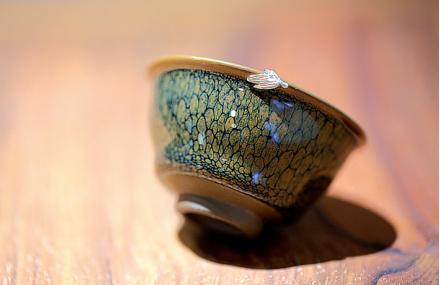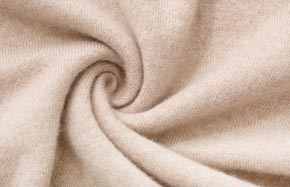 |
|
The cracks or chipped off areas in such items are patched with decorative elements. [Photo provided to China Daily]
|
Liao Chengyi, head of the club in Shanghai, revealed that collectors used to send their damaged cups to local restoration workshops in Fujian, only to discover that the workmanship was far from satisfactory. Also, because the workers had used glue as a sealant to speed up the repair process, it was no longer safe to drink from the cup.
This was when collectors started turning to Gu, who uses traditional techniques and materials such as lacquer and pure gold. After mending the cups, Gu would place them in a humidifier for several weeks to let them dry. This also ensures that the cups are safe for everyday use.
"A teacup is not just an object of everyday use. People can become attached to it after using it for years because it embodies their memories. It is like a piece of themselves," said Gu.
There are only a few studios in Shanghai that offer Ju Ci services. Gu said that she only knows of about 10 other craftsmen in the city who are trained in Ju Ci.
Antique dealers in the mall often engage her to restore their vintage pottery as well. The prices of antique pieces in perfect condition are often too prohibitive. However, an antique that has been repaired is much friendlier on the wallet.
Besides pottery and ceramics, Gu has also handled other items such as jade bracelets and even a vintage bamboo flute a client had bought from Japan. She said that working with bamboo is especially tricky, because drilling into it at the wrong angle will instantly cause cracks to appear.
Gu also occasionally conducts Ju Ci workshops for members of the public to learn more about its history and techniques. Among these workshop participants are dentists, surgeons, art museum directors and university professors.


























 Raymond Zhou:
Raymond Zhou: Pauline D Loh:
Pauline D Loh: Hot Pot
Hot Pot Eco China
Eco China China Dream
China Dream China Face
China Face






